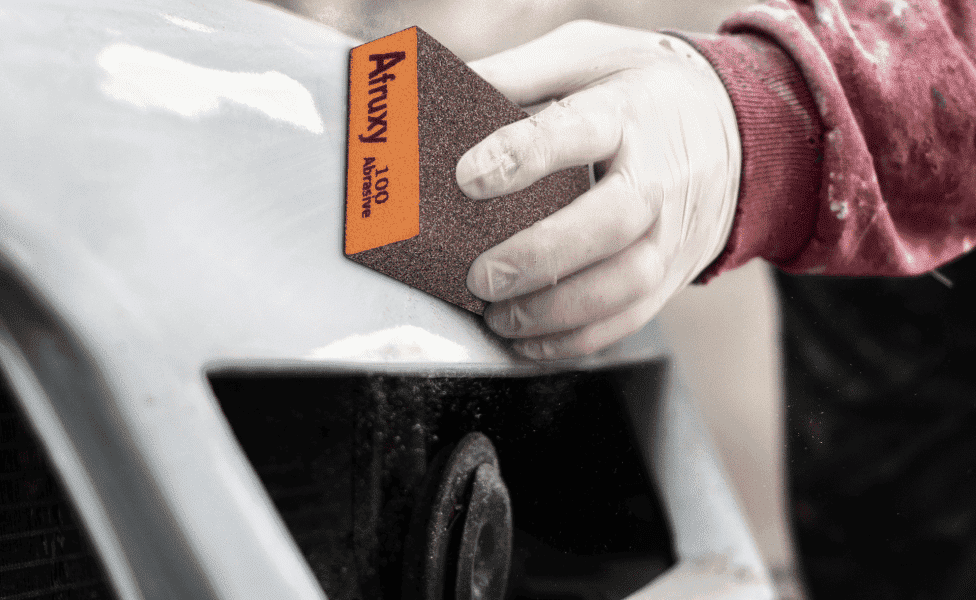Sanding is essential if you want your woodworking or DIY project to have a beautiful finish. However, using conventional sanding techniques can be tedious and result in uneven surfaces. A flexible sanding block is ideal for this purpose. This article will discuss the uses and advantages of a flexible sanding block, as well as offer advice on how to get the most out of your purchase.
The Flexible Sanding Block
An Overview Where can I find a flexible sanding block? A flexible sanding block is a multipurpose tool that can be shape to fit a wide range of surfaces for fast, even sanding. It has an abrasive surface and a cushioned, bendable body, so it can be moulded to various forms and contours.
Key Characteristics and Benefits
- It’s malleability means it can conform to a wide variety of surfaces, allowing for uniform sanding throughout the entire workpiece.
- The surface body of the block ensures even pressure distribution, preventing low spots or gouges.
- The sanding block secures the abrasive sheet, extending the sandpaper’s lifespan for longer use.
- Ergonomic Grip: The handles or grips of many flexible sanding blocks are design to minimise hand fatigue after extended periods of use.
Flexible sanding blocks and their uses Woodworking Tasks
A flexible sanding block is vital for refinishing furniture, be it an antique or a basic wooden table.
Curved Surfaces: A sanding block can conform to a wide range of curves, from concave to convex, making it perfect for sanding chair legs, turned spindles, and decorative mouldings.
Thirdly, carvings and sculptures can be sand with a flexible sanding block to ensure uniform sanding without damaging the fine details.
Restoring and fixing automobiles
First, a sanding block is use to smooth down the vehicle’s bodywork in preparation for painting or a protective coating.
Despite this, car interiors typically feature rounded surfaces and elaborate trim work due to their ergonomic design. Sanding these spots is easier using a flexible sanding block, leading to a more polished final product.
Advice on Making the Most of It . Getting Down to the Right Grit:
First, coarse grit (60-80) is great for removing paint or varnish rapidly.
Smoothing out rough spots and getting surfaces ready for finishing call for medium grits (120-150).
Third, use fine grits (180-220) for polishing and final sanding.
-
Appropriate Method:
Firstly, exert uniform force: Applying too much force while sanding might lead to inconsistent results or even surface damage.
To avoid scratching the wood and to get a smoother finish, always sand in the direction of the grain.
Sandpaper that has seen better days should be replaced on a regular basis, as it will be less effective and may scrape the surface if used for too long.
In summary, sanding blocks are a terrific addition to any toolkit, increasing both sanding efficiency and the quality of finishes. Its adaptability to different surfaces and wide range of uses make it an essential tool for any do-it-yourselfer or professional working with wood or metal. Sandpaper is a useful tool, but it can only do its job if the suitable grit is used, proper sanding procedures are employed, and worn sandpaper is replaced on a regular basis. Why settle for rough patches when you can get a flawless finish by using a flexible sanding block?


